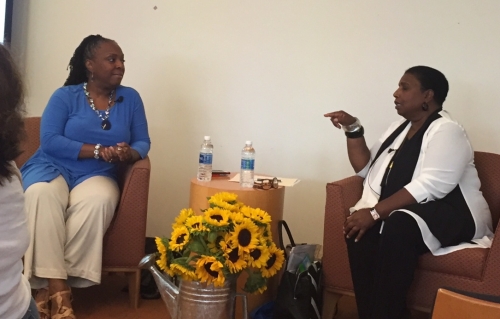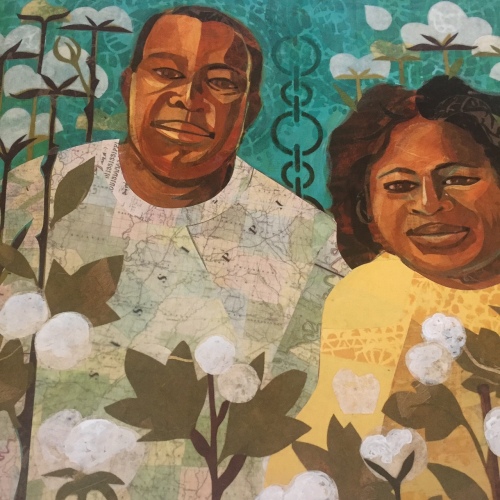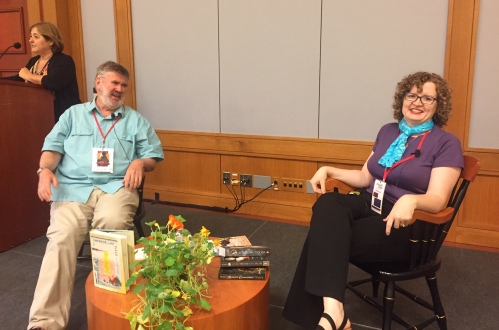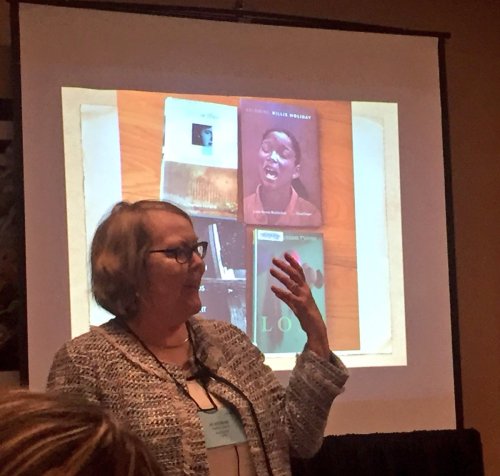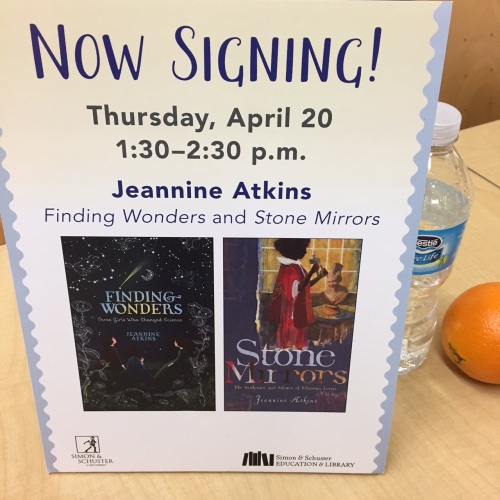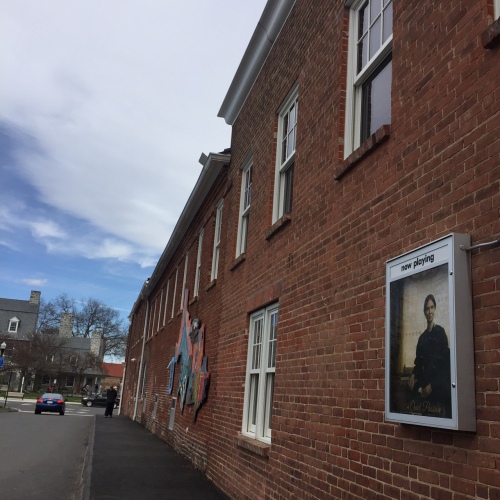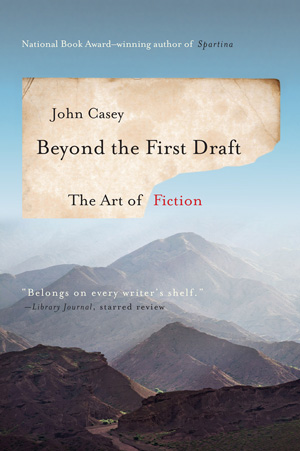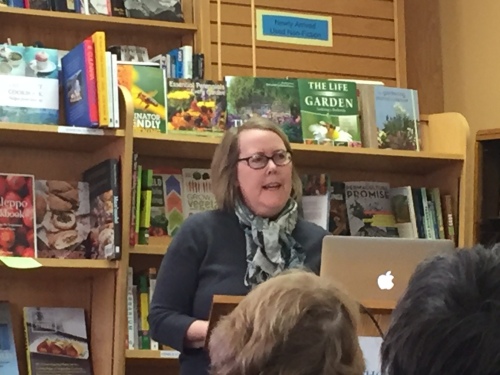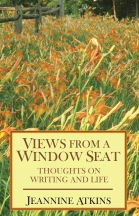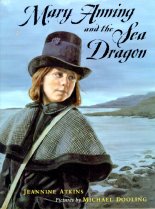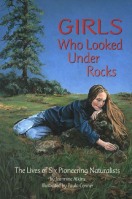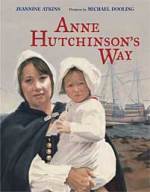From the split-then-pieced-together (im)possible in the title, ruin and becoming whole were themes through (Im)Possible Dreams: Simmons Summer Children’s Literature Institute. Books break as we read, leaving us perhaps with a few lines or images we’ll remember.

Metaphor, which derives from Greek, meaning “to carry across,” may suggest what’s unfinished before two unlikely things are brought together. And collage is an art of the broken, with artists arranging torn or cut-up paper or fabric and tiny discarded objects. When artists put old things together in new ways, they leave traces of the edges, suggesting how something might have come together another way at another time.

Often what’s small speaks most personally and powerfully to us. Collage artists may use scraps to tell us about the whole world. At the Simmons Institute, someone asked Melissa Sweet how she chose from old documents, tree bark, buttons, ribbons, and much more to illustrate her extraordinary books, including Some Writer! her biography of E.B. White, and the page below from A River of Words, a biography of William Carlos Williams by Jen Bryant. Melissa replied that as she creates a collage she considers, “What’s the minimum you need to create a rhythm.”

I also look for what’s essential in a poem, writing far and wide, then trimming and trimming again. Collage is an art made with scissors, though mine look more like a thick pencil line or the delete button. For poetry I write a lot then cut what sometimes seems even more. The power comes from compression, as well as what’s put side by side, in the juxtaposition of small things.
Perhaps fragments from the past move us, as if the world or history left if not all we want, at least some small things we need. During a lunch break, I walked over to the Museum of Fine Arts wanting to see two particular paintings and grab lunch in the cafeteria. At the door I ran into a new friend, someone I’d met the day before, who made me change course after telling me about a Chinese vase saved for centuries, then painted over to be saved during the cultural revolution, when many artworks were destroyed. Like Jennifer Stoner, I was moved by this vase in the exhibit “I Must Tell You What I Saw: Objects of Witness and Resistance.” And also this mold used to make sticks of chalk from ground limestone. Some of those who worked making chalk were among the many killed in the Armenian Genocide, but surviving family members brought this tray to America as a symbol of the ordinary and precious that was lost and saved.
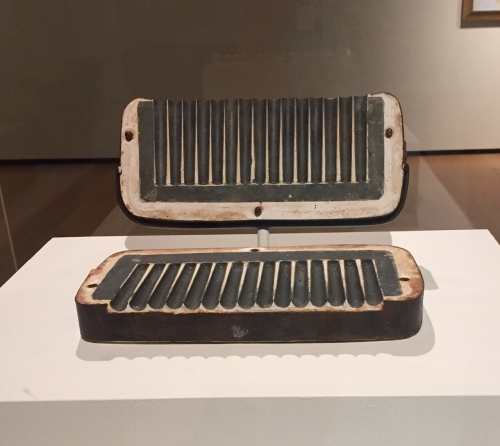
Sometimes a sole object that’s left behind seems to whisper. Sometimes, if we wait and look from another angle, it speaks: Remember me. Remember us. Many stories start from here, behind or by edges. Listen.
